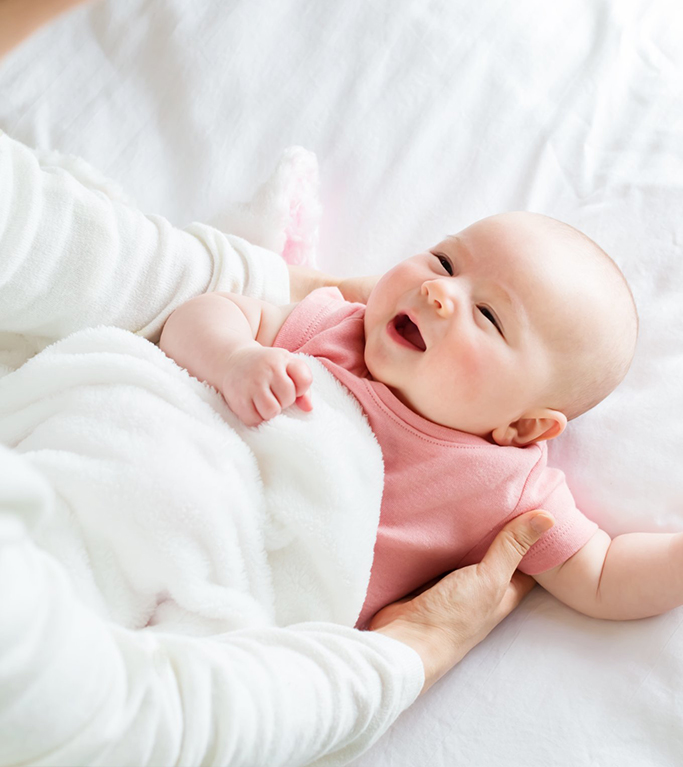

In the intricate web of female fertility, age stands out as a crucial factor that can significantly impact a woman’s ability to conceive. Understanding how a woman’s age influences her fertility is key to making informed decisions when planning for a family. Women are born with a finite number of eggs, and as they age, both the quantity and quality of these eggs decline. This decline becomes more pronounced as a woman reaches her 30s and accelerates further after the age of 35.
As women approach their late 30s and early 40s, the chances of conceiving naturally decrease, while the likelihood of experiencing pregnancy complications such as miscarriages and chromosomal abnormalities in embryos increases. Despite these challenges, advancements in reproductive medicine offer options such as egg freezing and in vitro fertilization (IVF) to help women preserve their fertility and realize their dreams of motherhood later in life.
It’s essential for women to be aware of their reproductive timeline and consult with healthcare providers to explore fertility preservation options if needed. By empowering women with knowledge about their fertility potential at different stages of life, we can support them in making proactive choices that align with their goals and aspirations.
Understanding these age-related fertility trends can help individuals make informed decisions about family planning and reproductive health at different stages of life.
When it comes to female fertility, age plays a crucial role in determining the peak fertility period in a woman’s life. Women are most fertile in their 20s, with the early to mid-20s considered the optimal time for conceiving with the highest chances of successful pregnancies. During this period, women tend to have the best quality and quantity of eggs, making it easier to achieve pregnancy.
As women progress into their 30s, especially after the age of 35, fertility starts to decline gradually. The decrease in fertility is primarily attributed to the natural aging process of the ovaries and the diminishing ovarian reserve. While fertility declines with age, it’s important to remember that every woman is unique, and individual factors can also influence fertility outcomes.
Understanding the peak fertility window and the age-related changes in a woman’s reproductive system can help individuals make informed choices about family planning and fertility treatment options. By recognizing the significance of timing in relation to fertility, women can take proactive steps to optimize their chances of conceiving when they are most fertile.
The decline in women’s fertility with age is influenced by a myriad of factors that impact the reproductive capacity of the female body. One of the primary factors contributing to age-related fertility decline is the gradual decrease in the number of ovarian follicles and the quality of eggs as women get older. This natural process of ovarian aging affects the likelihood of conception and increases the risk of pregnancy complications.
Other factors such as hormonal changes, lifestyle choices, underlying medical conditions, and genetic factors can also contribute to variations in fertility rates among women of the same age group. By addressing modifiable risk factors, maintaining a healthy lifestyle, and seeking timely medical advice, women can optimize their fertility potential and enhance their reproductive health at every stage of life.
Educating women about the multifaceted influences on fertility as they age is essential in promoting proactive fertility preservation strategies and personalized reproductive care. By empowering women with knowledge about the complex interplay of biological, environmental, and lifestyle factors affecting fertility, healthcare providers can support women in making well-informed decisions about family planning and fertility treatments.
Understanding the decline in women’s egg count is crucial for making informed decisions about fertility and family planning. As ovarian reserve decreases, the likelihood of conceiving naturally decreases, and the risk of pregnancy complications may increase. This knowledge often prompts women to consider options like egg freezing or fertility treatments at younger ages, to preserve their reproductive options.
For women facing diminished ovarian reserve, there are several paths forward:
Advances in medical technology continue to expand options for women with diminished ovarian reserve. Techniques such as ovarian tissue freezing, where a piece of ovarian tissue is removed and frozen for future use, offer promising possibilities for preserving fertility. Additionally, ongoing research into ovarian rejuvenation therapies aims to regenerate or restore ovarian function in women with reduced ovarian reserve.
As we conclude this comprehensive guide on the understanding the decline in Women’s Egg Count, let us remember that age is not merely a number when it comes to fertility. The journey of a woman’s reproductive health is a nuanced interplay of biological changes and personal choices. By understanding the science behind fertility rates at different ages, women can make informed decisions to navigate this chapter of their lives with confidence and knowledge.
1
2
3
4
5
6